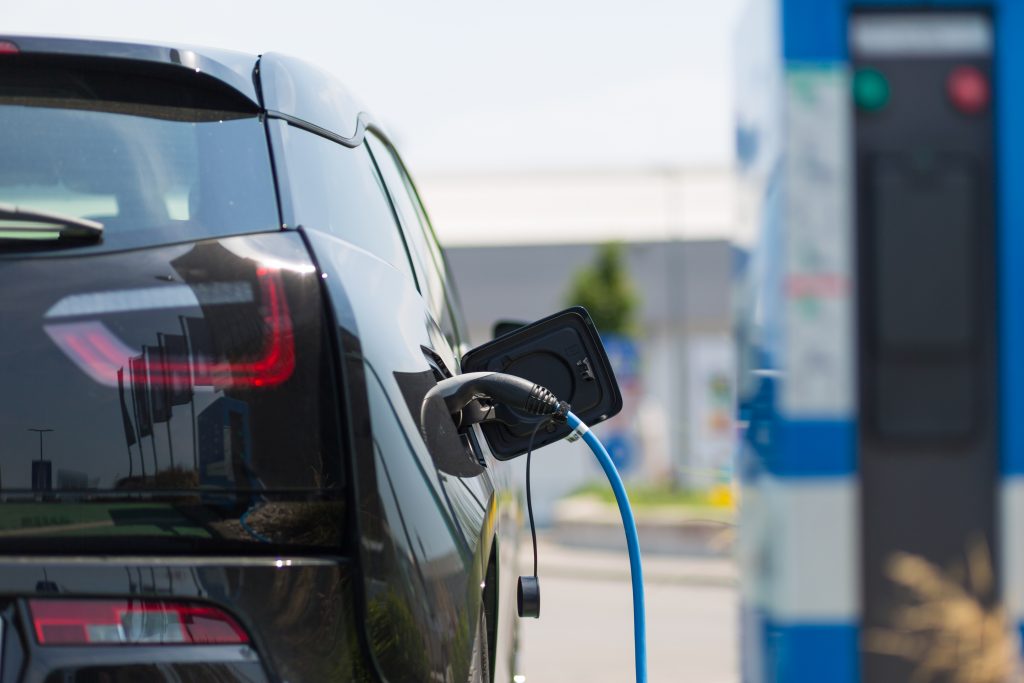by Dr Iain Staffell – Imperial College London
The recent switch from coal to renewables means electric vehicles now create half the CO2 of the cleanest conventional and hybrid cars on the road.
It is widely accepted that electric cars dramatically reduce air pollution in cities, but can they reduce overall CO2emissions when the electricity they use largely comes from fossil fuels? The lack of transparency around power systems has helped fuel the debate about how clean electric cars really are.
The calculation is complex because it depends on what time of day or night a vehicle is charged, and which power stations increase output to meet the additional demand. Nonetheless, Electric Insights can illustrate how these emissions have changed recently by assuming that vehicle charging is spread evenly across the day, and uses the average electricity mix during each period. This reflects the longer-term situation if the extra demand from electric vehicles was met by building the same mix of power stations as currently exists.1
The number of plug-in vehicles on Britain’s roads recently surpassed 100,000, in part because batteries are rapidly becoming cheaper. Pure electric and plug-in hybrid numbers have grown 30-fold in four years, and now represent 1.8% of new car registrations.
Electric vehicles are now better than ever for lowering carbon emissions. The figure below shows the monthly average carbon intensity of electricity, and how this translates into emissions from charging electric vehicles. Producing the electricity to charge a Tesla Model S back in 2012 would have created 124 g per km driven – the same as a 180 horsepower Range Rover. Nowadays that has halved to 74 g/km in winter and 41 g/km in summer. Smaller cars like the Nissan Leaf and BMW i3 can be charged for less than half the CO2 of the cleanest non-electric car on the market – the Toyota Prius hybrid.
The monthly average carbon content of British electricity, and how this translates into the carbon emission from driving four popular electric cars2,3
Authors: Dr Iain Staffell, Professor Richard Green, Dr Rob Gross and Professor Tim Green
1: For an assessment of the marginal carbon intensity in Britain, see Staffell 2016 or Hawkes 2014.
2: The Mitsubishi Outlander is a plug-in hybrid (PHEV), emissions represent electric-only mode.
3: Based on fuel economy figures from the Vehicle Certification Agency, including 7.5% losses in electricity transmission and distribution and 4% losses in the vehicle charger.
